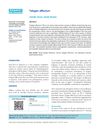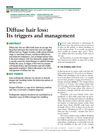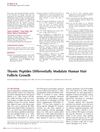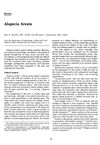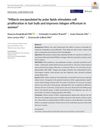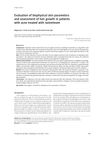Morphologic Markers of Acute and Chronic Stress in Child Abuse
November 2021
in “
American Journal of Clinical Pathology
”
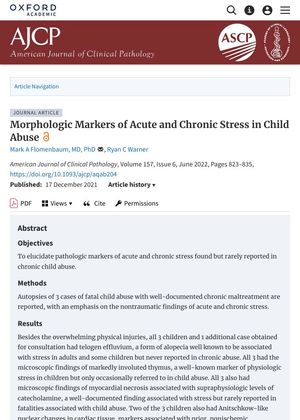
TLDR The conclusion is that certain physical signs in the body can indicate past acute and chronic stress, which may help in child abuse investigations.
The document presents a study examining autopsies of 3 fatal child abuse cases with chronic maltreatment, focusing on nontraumatic markers of acute and chronic stress. All 3 children had telogen effluvium, a form of hair loss associated with stress, and microscopic findings of a significantly involuted thymus, a marker of physiological stress. They also had microscopic evidence of myocardial necrosis associated with high levels of catecholamine, a stress-related finding. Two of the 3 children had Anitschkow-like nuclear changes in cardiac tissue, markers associated with prior, nonischemic myocardial pathologies that may be associated with prior episodes of acute stress. The study suggests these markers could be used as supportive evidence in investigations of possible child abuse fatalities, especially when associated with stress.


